One of the most asked and debated questions in the cinephile community is “What movies should I own in my DVD collection?” It’s a question I’ve asked myself, so I did as any writer does and decided to make my own list of essential movies one should have in their DVD collection. Notice the words ‘dvd collection’; I’m talking hard copies here. And it’s worth mentioning that these are not the only five movies one should have in your collection; nor is it in any way saying you have to own all five.
My aim with this series is to hopefully introduce you to some essential films you may never have heard of or, even better, cause you to reevaluate the ones you have seen. Lists are useful for helping broaden one’s base of knowledge, organizing one’s thoughts, and starting a discussion, after all.
Each entry in this article series will revolve around a specific genre or topic. Because (thankfully) movies are constantly being made, I had to set a cut-off date. What I consider The Essentials will be made up of films released before 2015.
What better way to ring in the Christmas season than to make a list of essential Christmas movies? Christmas movies are a genre unto themselves. There are Christmas horror movies, Christmas murder mysteries, Christmas romantic comedies, and even Christmas action movies. I tended to hew to the more mainstream Christmas staples on this list, but that’s because I think some of these are beginning to be viewed as ‘old-fashioned.’ This list deals more with ‘reevaluating’ part of the mission statement than the others. Again these are not the only five but just the five that made my cut.
Again, these are not all the essential movies, just some of them.
It’s A Wonderful Life (1946) – Dir. Frank Capra
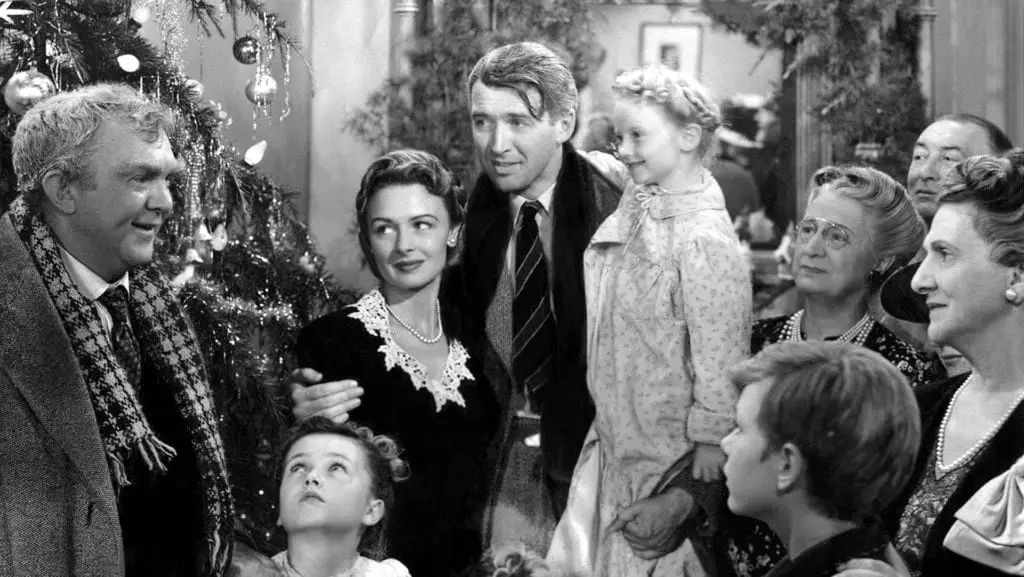
It’s A Wonderful Life is about a man who begrudgingly takes over a Savings and Loan bank owned by his father and is driven to suicide by mounting debt and familial pressure. Clearly a Christmas classic. Structurally It’s A Wonderful Life is years ahead of its time.
The opening shot is a matte painting of the stars. Two of the stars light up and begin speaking. The opening shot is a celestial conversation between angels about somebody named George Bailey on earth. Frank Capra then proceeds to show us George’s life from early childhood to adulthood. The first hour is us getting to know George Bailey, the good kind man who’s also a raging prick at times. Capra leads us right up to the point to where George threatens to jump. It’s only when Clarence (Henry Travers) jumps into the river instead do we realize the flashback has become the present.
There’s a real darkness to Capra’s It’s A Wonderful Life that is necessary to reach the climactic feel-good ending. Which could also be read as not a feel-good ending because nothing really changes for George Bailey (James Stewart) nor does anything truly change about his life. Potter (Lionel Barrymore) is served no legal or moral ramifications for his act in driving George to suicide. In fact, he ends the movie ten grand richer with money he could feasibly claim off the books.
All of this can be read as depressing by a modern audience, but it’s missing the more significant point. This was Frank Capra’s first movie after World War II. The notion that nothing changes for George on the outside but that he’s more thankful for things on the inside could be seen as trite. Art doesn’t exist in a vacuum though. Understand that Capra was a captain in the Signal Corps during WWII. He was one of the key figures along with George Stevens in amassing and editing together footage of the Nazi death camps. Stevens shot it and Capra oversaw the editing, for the Nuremberg Trials. It’s A Wonderful Life is more than a Christmas movie. It’s Frank Capra working through his demons as he struggles to readjust to society after witnessing inhuman horrors. It’s A Wonderful Life is a testament to human spirit because it is in of itself a byproduct of a writer/director trying to find precisely that.
The Muppets Christmas Carol (1992) – Brian Henson
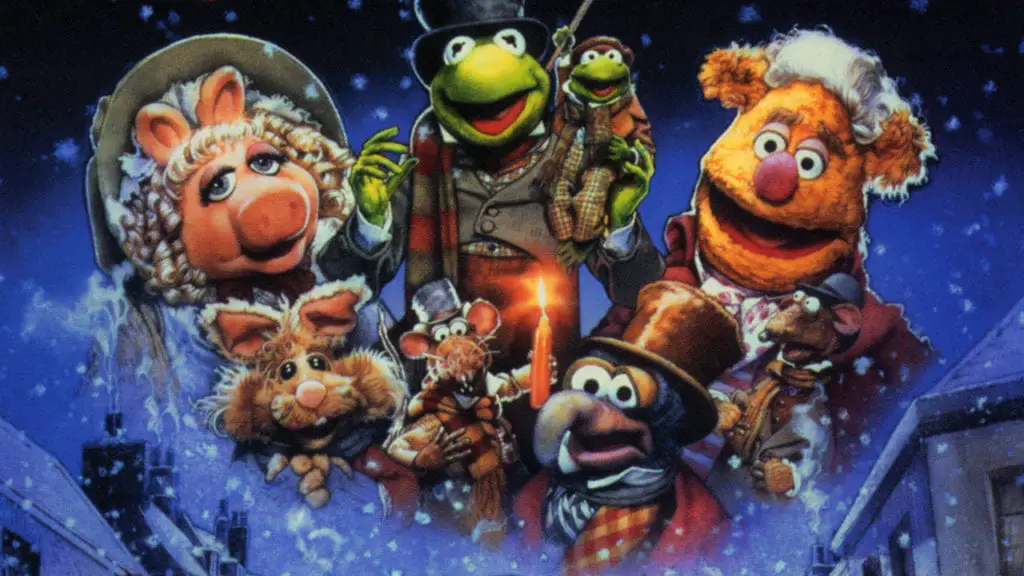
Of all the adaptations based on the Charles Dicken’s classic the most faithful one is the adaptation starring the singing frog and pig. The first Muppet movie made after the death of Jim Henson, The Muppets Christmas Carol remains the best post-Jim Henson Muppet movie. It’s also the most polished.
Muppet movies are odd cinematic ducks. They are often presented to us as if the movie itself is a show being put on by the Muppets themselves for our amusement. The Muppets Christmas Carol behaves as this way as well. Gonzo (Dave Goetz) as Charles Dickens the narrator accompanied by Rizzo the Rat (Steve Whitmire) tell us the story of Ebenezer Scrooge (Michael Caine) and his ghost infested Christmas eve. What separates this Muppet adaptation from the others is how the Muppets themselves play it.
Unlike other Muppet ventures, The Muppets Christmas Carol plays it straight. They still break the fourth wall and for all manners and purpose still behave as we know them, but they strive for a mood and atmosphere without puncturing it with jokes constantly. They allow a dark eeriness to envelop us when the Ghost of Christmas Yet to Come appears. Gonzo and Rizzo even joke that’s it’s too scary for them and tell us they’ll be back at the end. The Muppets Christmas Carol achieves a perfect symbiosis of what all Muppet movies strive for: the feeling of us watching a play put on by a community theater. It somehow manages to be goofily serious without ever tipping too far into one or the other.
A Christmas Story (1983) – Dir. Bob Clark
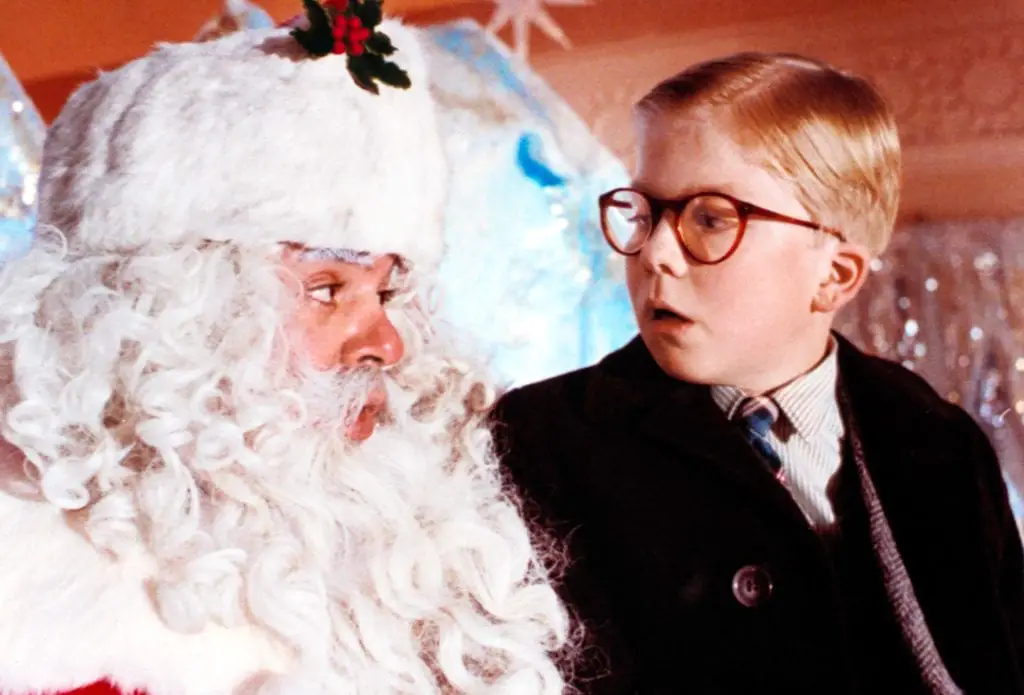
Bob Clark is a director without a genre. Clark directed Black Christmas, Porky’s I and II, all before directing A Christmas Story. This would usually be banal trivia except A Christmas Story is so universally beloved while also eerily accurate of most Americans’ adolescent life. Based on the book by Jean Shepherd, A Christmas Story resonates because we recognize ourselves and family members within the story.
A story for everyone is often a story for no one. What Clark, Shepherd, and Leigh Brown do, though, is sprinkle in nuance and specificity. The Red Ryder Carbine-Action 200 shot range model air rifle is not what we relate to. It’s sheer undiluted desire for something we desperately want but are keenly aware is out of our grasp. Clark and his writers never talk down to the Parkers. When Ralphie’s dad, The Old Man (Darren McGavin) is proud of his tacky leg lamp, the joke isn’t that he’s tacky. It’s not even a joke at all. It’s an acknowledgment of a simple human foible, pride. The Old Man is proud because he won it and it’s his
Ralphie’s childhood need for the Red Ryder BB Gun helps propel A Christmas Story through what is essentially a menagerie of short stories. The whole movie has a sort of breathlessness to it as if it can’t wait to show you the next scene. Amidst all of this Clark and his co-writers cobble together a beautiful heartwarming and honest portrait of life in a working-class family. A Christmas Story explores class in a bygone era of American history without pointing it out.
National Lampoon’s Christmas Vacation (1989) – Dir. Jeremiah S. Chechik
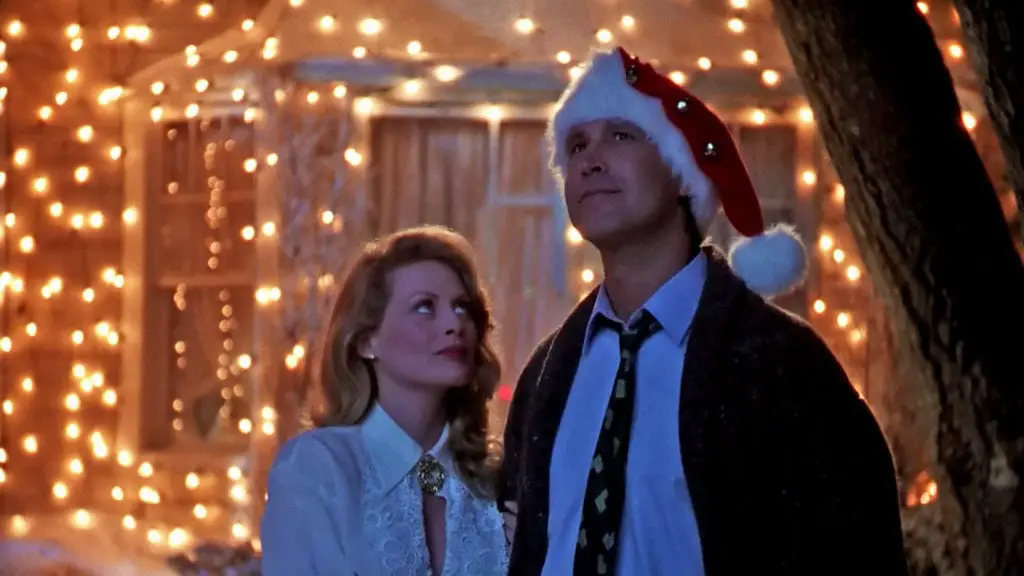
The eighties were a weird and turbulent decade. The decade began with A Christmas Story and then all but ended with National Lampoon’s Christmas Vacation. One was a rose-tinted nostalgic look back a youth and time that was all but forgotten. The other is a looney tune hybrid of a celebration, while also being an all-out assault, of the values that defined the decade of Wall Street.
National Lampoon’s blows up a sewer pipe, fries a cat, and sends Clark Griswold (Chevy Chase) on a sleigh ride right out of Wile. E. Coyote’s nightmares. Long before Adam Sandler graced the screen with his sickly combination of roid rage and infantile outbursts mixed with ‘traditional family values,’ National Lampoon’s was laying the brickwork. The difference between them is that it works with National Lampoon’s. The Griswold’s want the American dream. Clark loves his job and genuinely loves Christmas. The rage doesn’t come from a man-child braying at the heavens because he thinks the world has wronged him. Clark’s anger comes from a deep, raging insecurity about himself and his inability to be the best Clark Griswold he can be.
The Griswold’s endure because they show the constant precipice middle-class families live on in order to maintain societal expectations of happiness. Much like Jimmy Stewart’s George Bailey, Clark Griswold is confronted with a simple, undeniable fact: He loves his life. Despite his outbursts, despite the universe’s attempt to thwart his holiday plans, and despite his idiocy, Clark is actually quite happy. National Lampoon’s may be acerbic, but it doesn’t hate the Griswolds. We don’t hate them either. We see too much of ourselves in them to judge them too harshly.
White Christmas (1954) – Dir. Michael Curtiz
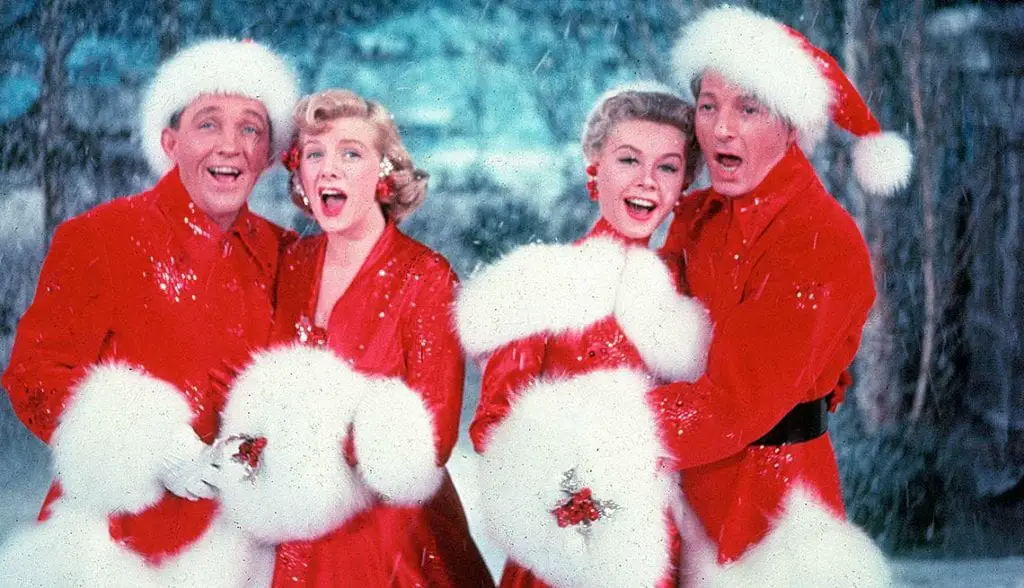
A holiday staple and often thought of as cliche White Christmas is a treacly blueprint for those saccharine sweet Hallmark Christmas specials. At least it would be if not for Michael Curtiz. He smuggles in themes about post-war Americana and the trouble those in the army have readjusting to civilian life. It’s a Christmas musical replete with overly convoluted plotting that could easily be resolved if the characters would just talk to each other. But it’s also a movie that opens up with Bing Crosby singing White Christmas in war-torn Europe with bombs bursting in the sky behind him.
White Christmas is not perfect or a masterpiece. It’s much more fascinating than that. This is a studio picture with designs to purely kill an hour or two and operates within those constraints. But Curtiz plays within those confines. Themes of economic malaise, fey humor, a mastery of shot composition, all while also relishing the joy of the existence of technicolor. Bing Crosby’s blue eyes all but pop off the screen, and Danny Kaye’s pearly whites are so pristine it’s a shock not to see a lens flare.
Toward the middle, the movie begins to lag but thanks to Rosemary Clooney Vera-Ellen, Crosby, and Kaye it never completely runs out of steam. Loyal Griggs shot White Christmas in Paramount’s, at the time, brand new Vista Vision. A response to the rising popularity of television, Vista Vision refined the picture and widened the screen and added more depth to a shot. Vista Vision allowed Griggs and Curtiz a chance to frame some truly breathtaking dance numbers. It’s a feel-good movie that is simultaneously the archetypal Christmas fluff while also struggling to say something about the changing American landscape.

